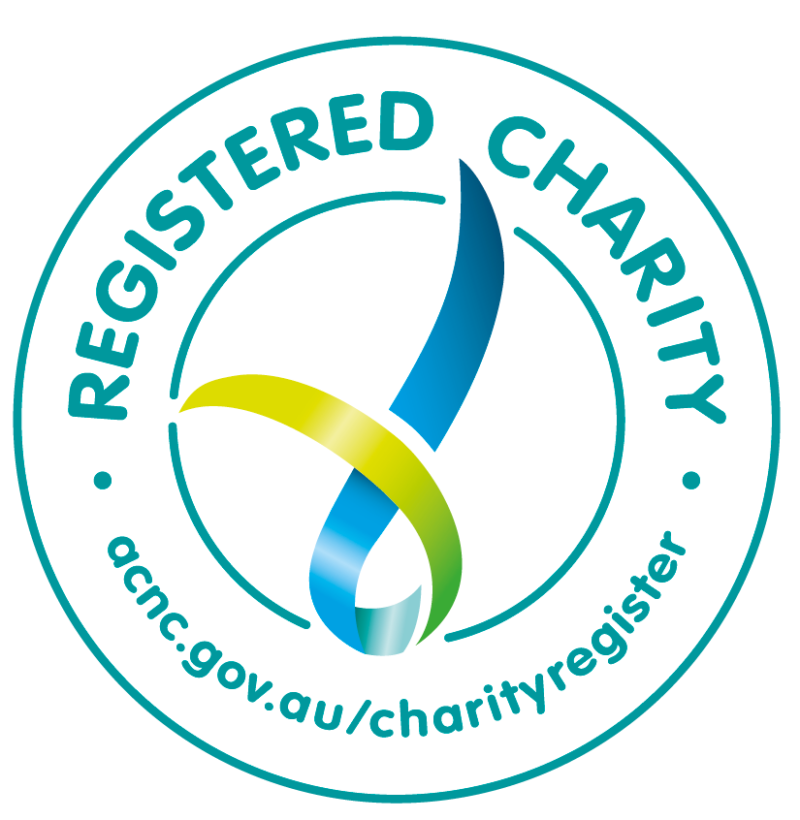Seven ways to talk about risk taking with your teen. The benefits of healthy risk taking, and how to navigate unhealthy risks that may arise.
Fathers play a huge role in helping their children to confront challenges and test themselves in positive ways. You can help your teen avoid unhealthy risks by encouraging and supporting them to engage in other more healthy and challenging activities. A healthy risk encourages your child to have-a-go at something outside of their comfort zone, but that results in little harm if they are unsuccessful.
A healthy risk might be trying a new sport or challenging activity, joining in the school play, or making a speech at assembly. These risks help children to learn that they are capable of learning new things and pushing through difficult or uncomfortable situations. They also allow for great rewards of feelings of pride and accomplishment when a risk is overcome.
These healthy challenges or risks provide the opportunities adolescents are most often seeking – to explore their boundaries, test out their capabilities and connect to their peers.
Tips on how to discuss safe risk taking with your teenager:
- Encourage involvement in competitive sport, artistic performances, physically challenging hobbies, and trying new experiences. These can all work to satisfy the various drives for stimulation, but in healthy and constructive ways.
- Maintain a strong, healthy relationship with your child. Teenagers who have good relationships with their dads are less susceptible to the negative influences of peer pressure.
- Communicate openly. When adolescents have dads who talk openly and honestly about sex, drugs and alcohol, and share their values are shown to engage in less negative risk-taking behaviour.
- Engage in thrill-seeking behaviour with your child. Find an activity that is fun and stimulating, then do it together, as often as you can. Going to gym, running or riding together, playing in a mixed sporting team, or going hiking and camping all create an environment that promotes healthy risk-taking and an open relationship.
- Monitor your child. Know where they are and who they are with. You might feel like you are being a drag at times, but when kids know their parents are aware and watching it has a protective effect.
- Help your child learn to assess risk. Discuss risk-taking with your child to help them learn how to evaluate risks and anticipate the results of their choices.
- Equip your child with the skills to say no in situations where they are likely to be pressured into taking an unhealthy risk.



